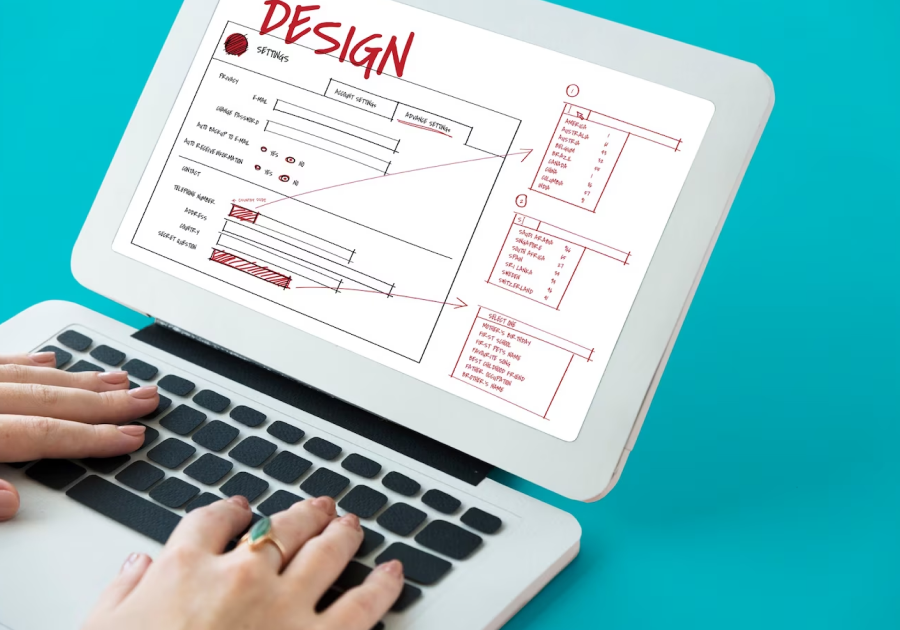In the realm of digital creativity, two prominent fields stand out: graphic design and web design. While both are integral to the visual aesthetics of online and offline media, they differ significantly in their focus, purpose, and execution. In this blog post, we’ll explore the distinctions between graphic design and web design, shedding light on the unique roles they play in the world of design.

Graphic Design: Crafting Visual Identity
Defining Graphic Design
Graphic design is the art of creating visual content to communicate messages. Graphic designers use various elements such as typography, imagery, color, and layout to convey ideas or evoke emotions. It finds its applications in print materials like brochures, posters, logos, and even digital platforms.
Key Characteristics of Graphic Design
- Static Imagery: Graphic design typically involves static visuals that don’t change over time. It’s about creating a single, compelling image that captures attention and conveys a message.
- Print-Centric: While graphic design can be used in digital media, its origins lie in print. Graphic designers excel in creating materials for physical marketing collateral.
- Focus on Aesthetics: Aesthetics and visual appeal are paramount in graphic design. It’s about creating something visually stunning and impactful.
Web Design: Crafting Digital Experiences
Defining Web Design
Web design, on the other hand, revolves around the creation of websites and web applications. It’s concerned with how a website looks and functions, ensuring an intuitive and engaging user experience. Web designers use a combination of graphic design principles, user interface (UI) design, and web development skills to achieve this.
Key Characteristics of Web Design
- Interactivity: Unlike graphic design, web design is interactive. It involves creating web pages with clickable elements, navigation menus, and user interfaces that respond to user actions.
- Dynamic Content: Web design deals with dynamic content that can change based on user interactions or real-time data. It’s about making sure a website functions correctly and looks good on various devices.
- User Experience Focus: User experience (UX) is at the heart of web design. Designers prioritize usability, accessibility, and user-centric design to create seamless online experiences.
Bridging the Gap
While graphic design and web design have distinct focuses, there is a significant overlap between the two disciplines. Many graphic designers expand their skill set to include web design, recognizing the growing importance of online presence. Similarly, web designers often employ graphic design principles to enhance the visual aesthetics of websites.
Conclusion
In the world of design, graphic design and web design are complementary forces. Graphic design excels in creating visually compelling static visuals for various media, while web design focuses on crafting interactive and dynamic digital experiences. Understanding the differences between these disciplines is essential for both designers and clients to ensure that their creative goals are met effectively in both online and offline spaces.




